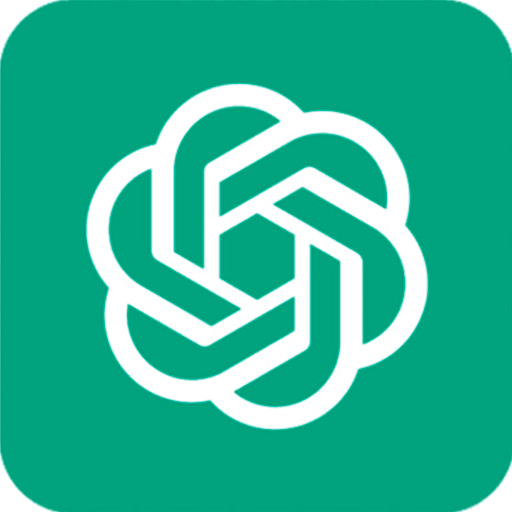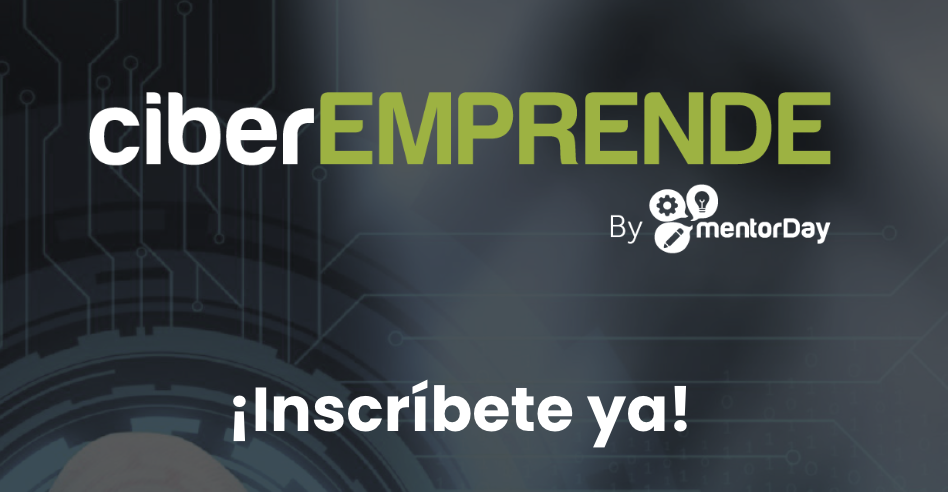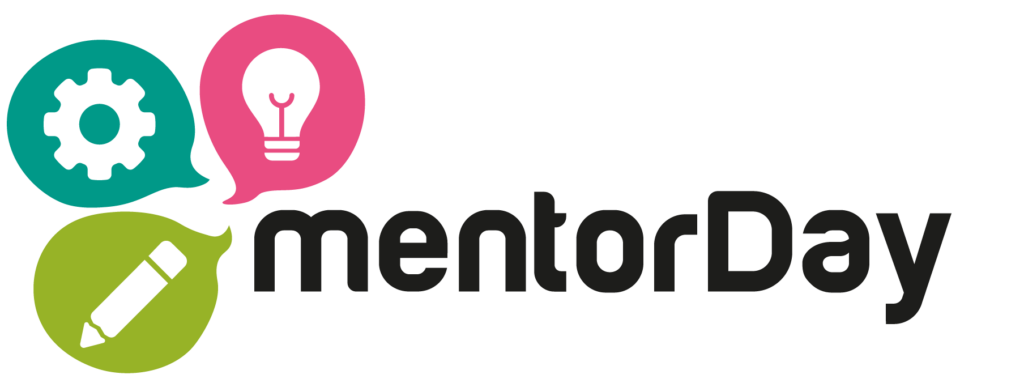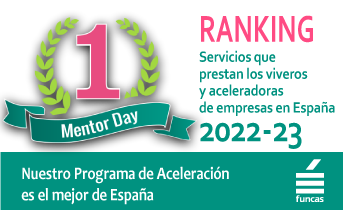TYPES OF CUSTOMERS
Potential, target, internal, prescriber, occasional, loyal, lost, referrer, referral
Accelerate your business with these expert tips on "Types of customers". Analyse and discover this TIP!
There are different types of customers that you must learn to recognise in order to set up your new business.
- Current client: is someone who has already bought or uses the products or services of the company in question.
- Potential customer: is someone who has not yet purchased or used the company's products or services, but who might do so in the future.
- Target customer: is the one that the company has identified as its target audience and has designed its products and services specifically to meet their needs.
- Internal customer: is the person who works within the company and who can also be considered as a customer, as the company must provide him with the necessary resources to carry out his work efficiently.
- Prescriber customer: is someone who recommends the company's products or services to others, which can be very valuable to the company in terms of generating new sales.
- Occasional customer: is someone who makes a purchase from the company sporadically, without having a long-term commitment to the company.
- Loyal customer: is the one who maintains a long-term relationship with the company, as he/she is satisfied with the products or services offered.
- Unfair customer: is someone who has had a bad experience with the company and will not buy or use its products or services again.
- Lost customer: is someone who has ceased to be a customer of the company for some reason, but who may still become a customer in the future.
- Referenced customer: is someone who comes to the company through a referral or recommendation from another customer or acquaintance.
Differences between customer, user, prescriber, buyer persona, potential customer, target customer and other types of customer
Although in some contexts these terms are used interchangeably, it is important to note that each may have a slightly different meaning, depending on the context in which it is used.
THE FOLLOWING ARE SOME POSSIBLE DIFFERENCES:
- Client: refers to someone who has made a purchase or contract for a product or service. In general, this term is used to refer to people who have already interacted with the company in some way.
- User: refers to someone who uses the company's product or service. Unlike the customer, the user may or may not have made a purchase or contract, but is in any case using the product or service in some way.
- Prescriber: refers to someone who recommends or promotes the company's product or service to others. In some cases, the endorser may be a satisfied customer or user, but in others it may be an expert in the field or an influencer with a relevant audience.
- Buyer persona: refers to a semi-fictional representation of a company's ideal customer, based on demographics, behaviours, needs, goals and motivations. Unlike the previous terms, the buyer persona is used to better understand potential customers and design marketing and sales strategies focused on their needs (see TIP).
- Potential customer: refers to someone who has not yet interacted with the company, but has the potential to do so in the future. It is generally used to refer to individuals or companies that meet the company's market segmentation criteria.
- Target customer: refers to a specific segment of the market that the company wants to reach. In general, the target customer is defined through demographic, geographic, psychographic and behavioural data, and is used to design marketing and sales strategies that are effective in that segment.
In short, each of these terms is used to refer to a specific aspect of the relationship between the company and its potential or existing customers. It is important to note that these terms are not mutually exclusive and that the company may have different buyer personas, potential customers and targets, depending on its strategy and target market.
APPLY THIS TIP TO YOUR PROJECT
QUIZZES
- 💻 PRACTICE with an expert in the next practical webinar.
- 🔎 CONSULT more related TIPs with this same theme.
- 📖 AMPLIA your knowledge by downloading this EBOOK.
THINK ABOUT YOU
- 🚀 IMPULSA your company in the next acceleration programme, ¡book your place now!
- 🥁 PRACTICE with your project in this practical webinar, ¡apply for your place!.
- 🌐 CONTACT with other entrepreneurs and companies, ¡register and take part in the next Networking!
THINK ABOUT HELPING OTHERS
- 🤝COLLABORATE as a volunteer: expert, mentor, inverter, awarding, Spreading the word, challenging, innovating, creating a TIP...
- 💬 RECOMMENDS this programme to reach out to more entrepreneurs by Google.
- 👉 SHARE your learning!
- 📲 SEND this TIP 👇









